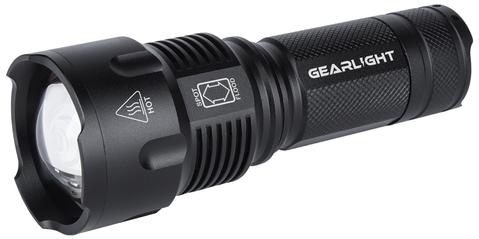I think LED flashlights and light bulbs are a wonder of science and an amazing achievement in lighting! Because of LED lightbulbs we have smaller and more energy efficient, brighter flashlights!
How Do LEDs Work?
By Eric Bornfriend
Light emitting diodes or LEDs for short, are found in a multitude of different electronics. From remote controls, to traffic lights, to TVs, they truly are a staple of the electronics world.
LEDs are nothing more than very small light bulbs with two metal leads coming out that can easily be attached to a circuit. So what makes LEDs so special? you may be asking. What makes LEDs so special is that they don’t have a filament like other “normal” light bulbs, therefore there is nothing to burn out and nothing to produce heat, making them last infinitely longer than traditional light bulbs. Instead, the light is created by nothing more than the rapid movement of electrons in a semiconductor. The amount of power or electricity needed to move the electrons is far less than what is needed to illuminate traditional light bulbs. In a traditional light bulb, usually more than 80% of the electricity used to illuminate the bulb is converted to heat put off by the filament.
LED lights are available in a variety of different colors, for a variety of different applications. The easiest colors to produce are red, yellow, and green, while white remains the hardest LED color to produce. It is so difficult that a pure white LED light is not even available on the market today. The closest is a whitish-blue which is created by mixing red, green, and blue colored LEDs to produce white.
Inside an LED, you will find a semiconductor diode in which one side is attached to an anode and the other side attached to a cathode. Electricity flows in only one direction. From the anode to the cathode. When the electrical current passes through in this direction, the electrons flow through the semiconductors and switch to different energy levels. When this change in energy levels occurs, the electrons emit a photon of light. These photons of light are then focused through a lens to provide the light that we see.
Article Source: http://EzineArticles.com/3564754
Here is a great LED Flashlight you should try!
